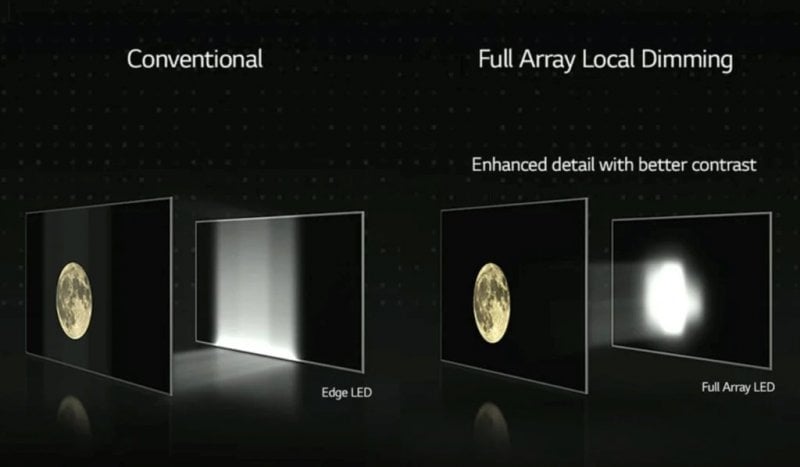Microsoft seems increasingly committed to researching technological solutions dedicated to gaming. After officially presenting DirectSR and Work Graphs, the Redmond giant has filed a patent that reveals a technology aimed at improving display brightness and energy saving, allowing players to individually control every single pixel of the panels. Let's try to understand the advantages of this technology together.
Individual pixel control
The patent filed by Microsoft entitled “Pixel luminance for digital displays” brings into play a new pixel dimming technology aimed at gaming.
This technique should allow you to control the luminance of digital displays that have pixels in line, reducing the input voltage: the method allows you to increase energy savings (a fundamental factor for mobile devices) and, above all, to improve the brightness peaks in environments with lots of light.
As can be read directly from the text of the patent: “In particular, such situations can arise when the digital display uses a variable refresh rate. Depending on the type of content presented on the digital display, it may be desirable to vary the refresh rate of the display. For example, a variable refresh rate can be used when the digital display presents video game visual content that outputs frames at different rates, depending on the complexity of the scene. Another example concerns devices that can be configured to dynamically change the refresh rate in favor of energy saving: for example, the refresh rate can be reduced when the device's battery runs out or when the device enters “power saving” mode. “. In all cases, when the device's pixels are controlled with pulse width modulation and a variable refresh rate is used, the digital display can switch between refresh rates, causing increases or decreases in screen brightness. image.
Accordingly, the present patent concerns techniques for controlling the pixels of a digital display using pulse width modulation so as to attenuate or reduce the flickering problem described above. In the first case, mitigation is achieved through spatial averaging, in which half of the digital display's pixel lines (e.g., the odd rows) are fed pulse-width modulated signals with opposite phase to the other half of the lines. of pixels (for example, even rows). Therefore, when image frames where the frequency of the pulse-width modulated signal is a non-integer multiple of the refresh rate, half of the pixel lines will have a relatively higher light intensity, while the other half will have a relatively lower light intensity. Thanks to spatial averaging, the display can offer uniform luminance for human viewers“.
The advantages of technology
The main advantages of Microsoft's technology are many, starting with an improvement in image brightness thanks to pulse width modulation. The greater precision in sending signals then has repercussions on the colours, which in turn are more faithful. Pulse width modulation also affects the refresh rate, which can vary faster. Finally, energy consumption is drastically reduced.
Being able to individually control the pixels, players can set the brightness of different areas of the display to their liking.
Unlike what was done with DirectSR, at the moment Microsoft has not released details on a possible implementation of this technology.
#Microsoft #patent #reveals #Pixel #Dimming #technology #dedicated #gamers

